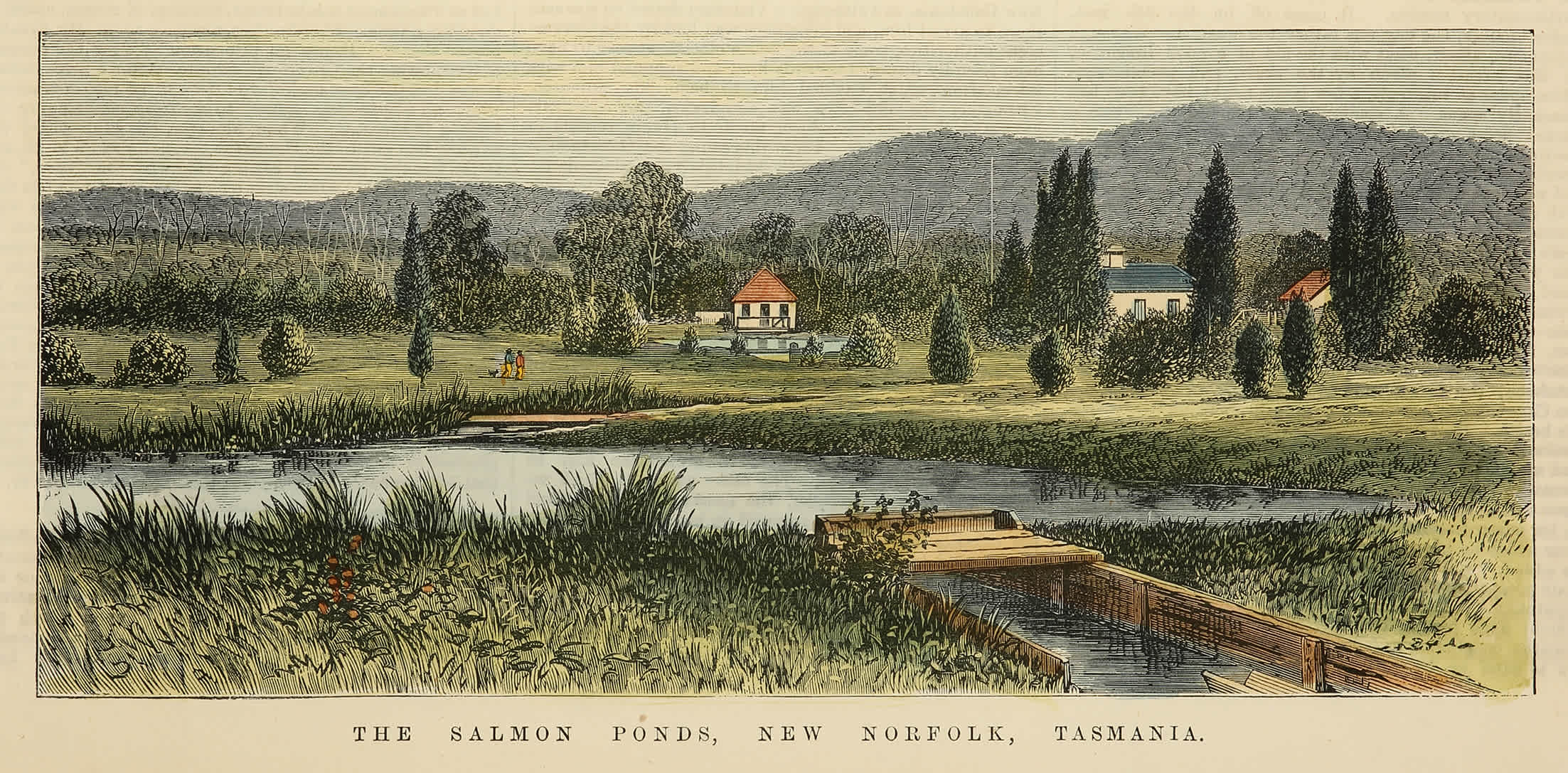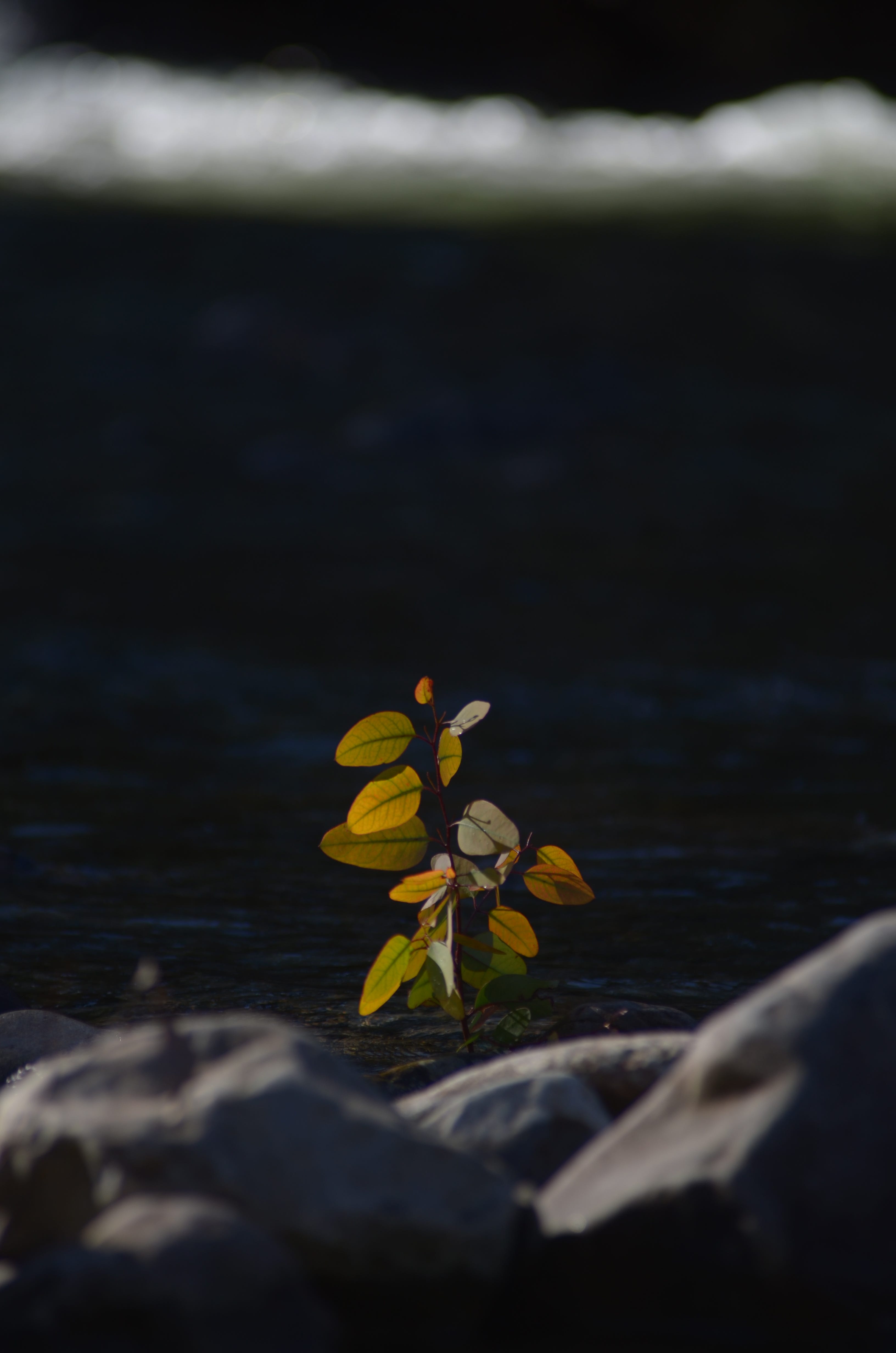writer and photographer JOHN YUNKER
We were far from home, heartbroken, in mourning. We had lost Theo, a cat I once thought would outlive us. When we first met Theo, he was well through his nine lives, having lost two toes in a car accident. The previous owners dropped him at the shelter instead of taking him to an animal hospital. A friend of ours, upon setting eyes in him, said he oozed testosterone. Perhaps that was his secret to survival.
In each stop of our peripatetic life, Theo had a knack for beating the odds. In San Diego, he survived an emergency urinary blockage. In Seattle, he beat back diabetes. And in Ashland, Oregon, he recovered from a torn ligament in his knee that had to be replaced, likely a long-term result from that earlier car accident.
And perhaps we had grown complacent by then, thinking he would live forever. Until the week when we noticed him struggling to eat, when the vet told us Theo had a tumor in his lower jaw.
Eighteen years with Theo. Right about the time parents are sending their children off to college, we sent ours off as well. Such is life. And such an empty nest.
We told each other that when this day came, we would travel. Take a break from our regularly scheduled lives. That would be Theo’s gift to us. Though once that time had finally arrived it felt more like a curse.
We forced ourselves into motion. We drove through Utah, Moab, the national parks of America. Amidst burnt orange rocks we thought of our orange and white cat. Perhaps greater distance would be the cure. We landed in Australia, proceeded south to Tasmania. Then off to Maria Island. An island off an island off an island. Surely this would be far enough to forget.
We were joined by six others, hikers who had booked a three-night walking tour that would take us over four meandering days from the southern tip of this uninhabited island 30 or so kilometres to its northern top.
A small boat dropped us knees deep in the pale blue waters, leaving us the only humans for miles in any direction. Why Maria Island? It’s not a locale most Americans come across in “must see” lists, such as the Opera House or the Great Barrier Reef. Which is precisely why we ended up there. That, and the animals. I had read about the wallabies and wombats and echidnas, animals that were little more than exotic names to us. Animals we would encounter along our walk.
Then there were the animals we would not see, the Tasmanian devils, though not for lack of trying. They too were on the island and we heard them at night, the otherworldly howls that earned them their dramatic nickname. Though, up close, at a wildlife sanctuary we visited a week later, the devils stood no larger than a pug. But those jaws. We learned a devil, the world’s largest carnivorous marsupial, could devour a large animal like a kangaroo in hours – muscle, organs, fat, bones, even fur – leaving nothing.
We learned that the devils were not on Maria Island by choice. They were and are in dire trouble. Once existing in vast numbers across Australia, the devils are now found only in Tasmania, in danger of extinction due to a facial tumor disease that has spread across the island state, decreasing the devils’ population by as much as 90 per cent. Maria Island formed a water-fenced refuge that would protect a small number of healthy devils from the infected devils on the Tasmanian mainland.
Perhaps it was the holes in our hearts. Perhaps it was the cancer, a disease we now associated with Theo. Animals typically do not survive facial cancer – not most cats, nor more devils. And yet Theo chewed through that tumor until the very end. And we imagined the devils in the darkness around us would not go without a meal or two. Theo’s antipodean soul mates.

We did not know when we set out on our hike that by the time we reached the destination we would have a story to tell. Their story. And when we returned home a few weeks later, we began a new chapter of our lives and quickly set about writing a book.
Non-fiction would have been logical – a book about the devils and their plight. Only we are not researchers or scientists. We write fiction. And we have an innate sense of drama, dark around the edges. So a murder mystery it was. Two main characters, grieving in their own ways. One over a failed relationship, eager for an excuse to leave Seattle and join an old girlfriend from college on a whirlwind trip to Oz. The other protagonist, the tour guide, Kerry. A naturalist grown wearing watching devils degrade into sores and suffering. A woman who was trying to escape in her own way from science and reality and maybe find a bit of solace on this island, sometimes referred to as Noah’s Ark for its role in saving the devils.
Near the end of Devils Island there is a scene, a brief, imagined moment, one that stays with me as clearly as the actual hike. Kerry encounters a devil: “She scans the boulders, seeing nothing at first but dark-gray stone – and then she sees him, a good-sized devil, probably a male, sprawled out in a patch of sun. A small laugh of pure joy escapes her at the sight: when devils sunbake, they lie spread-eagle on their bellies, back and front legs stretched out, so still and flat they could be taken for dead, but she knows better; this one is completely relaxed. He raises his head at the sound of her laugh, his little claws on the ground in front of him. With his body spread out, she can see his markings: a white half-moon across his backside, white commas curving across each shoulder. His face is beautiful, perfect: the wet nose, the pink ears, the small black eyes, the canines poking out from his closed mouth like little vampire fangs. No sign of disease whatsoever. It’s been so long since she’s seen a healthy devil in the wild, she’d nearly forgotten just how magnificent they are.”
This small island, this Noah’s Ark on the other side of our world, introduced us to Tasmanian devils. We had arrived childless and we left with a family. A species to save. A story to tell.
John Yunker is co-author of the mystery Devils Island (Oceanview Publishing) and editor of the US-based EcoLit Books (ecolitbooks.com). For more information, see johnyunker.com.








